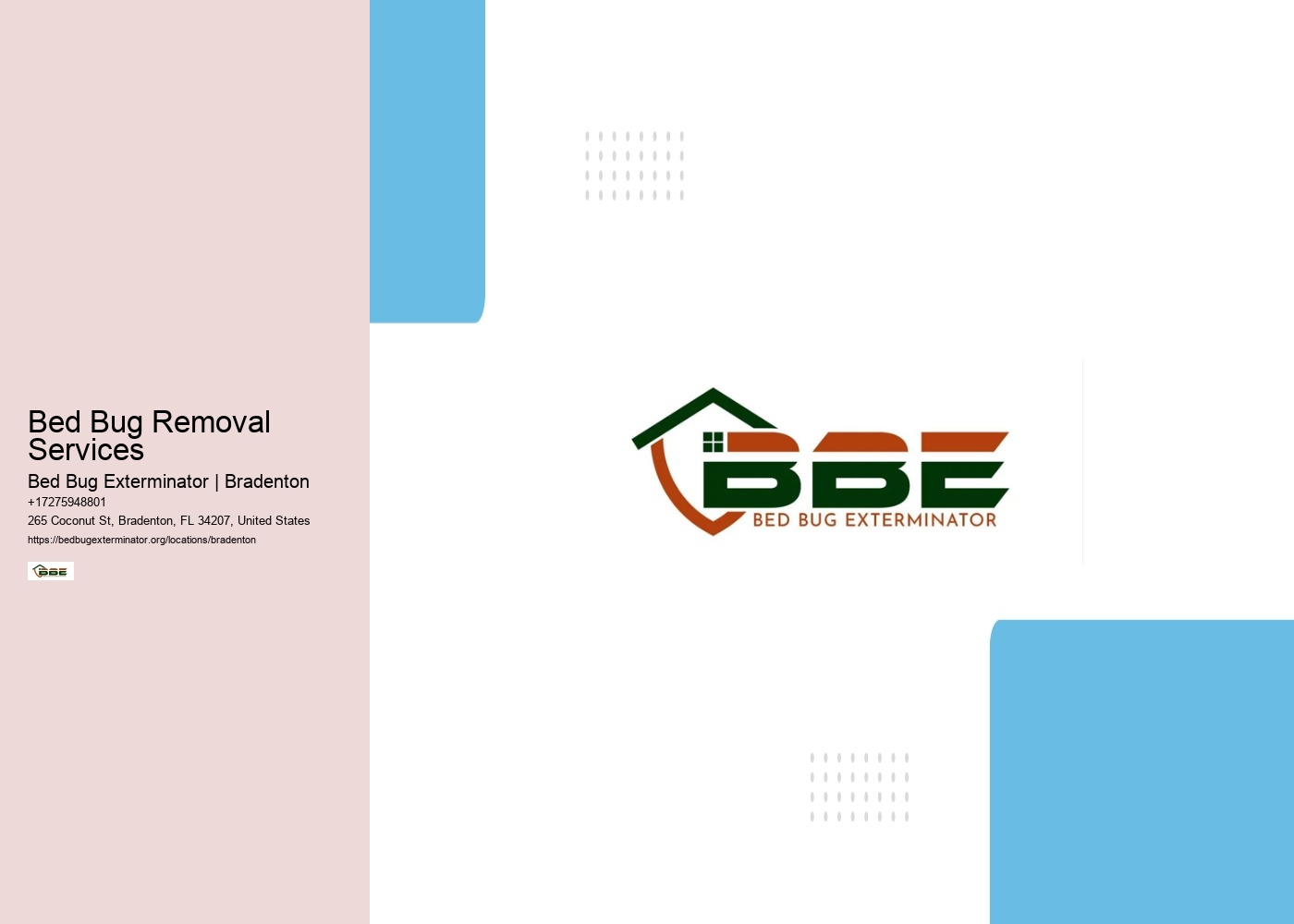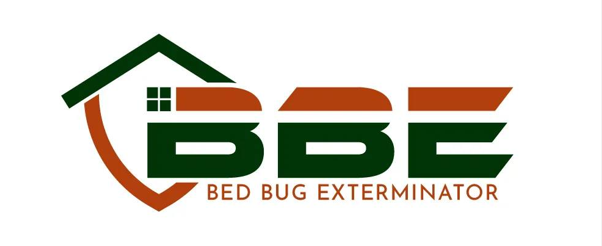

Understanding the complexities of bed bug infestations is essential for effective management and eradication. Complete bed bug services begin with a meticulous inspection, identifying the pests' elusive hiding spots.
Following this, a range of treatment options is employed to guarantee the thorough elimination of all life stages. However, the process does not end with extermination; post-treatment guidelines play an important role in long-term prevention.
What specific techniques are utilized in these services, and how can homeowners make certain their spaces remain free from future infestations?
Bed bugs, small reddish-brown insects measuring approximately 4 to 5 millimeters in length, are notorious pests that feed primarily on human blood. They are primarily nocturnal, making their presence particularly insidious as they tend to emerge while their hosts are asleep.
Bed bugs reproduce quickly; a single female can lay hundreds of eggs in her lifetime, exacerbating infestations. These pests can be found in various environments, from homes to hotels, often hitching rides on luggage or clothing. Their bites can lead to itchy welts and may cause allergic reactions in some individuals.
Understanding their behavior, habitat preferences, and reproductive patterns is essential for effective management and eradication strategies, ensuring that infestations are addressed promptly and thoroughly.
A thorough initial inspection is essential in identifying the presence of bed bugs and determining the extent of an infestation. This process typically begins with a trained professional conducting a visual examination of the premises, focusing on common hiding spots such as mattress seams, bed frames, and baseboards.
Inspectors may also utilize specialized tools, including flashlights and magnifying glasses, to detect bed bugs or their exoskeletons and fecal traces. Additionally, the inspector will interview residents to gather information regarding recent travel or unusual bites, which can provide valuable context.
A detailed inspection not only confirms the presence of bed bugs but also helps in mapping out infested areas, ultimately guiding effective treatment strategies tailored to the specific situation.

Considering the persistence of bed bug infestations, a variety of treatment options are available to effectively eliminate these pests. Homeowners may choose from chemical treatments, which involve the application of insecticides specifically designed to target bed bugs.
These products often require multiple applications to guarantee thorough eradication. Another option is heat treatment, where affected areas are heated to temperatures lethal to bed bugs, effectively killing them in all life stages. Additionally, steam cleaning can be employed to treat mattresses and upholstery, providing a chemical-free solution.
For those seeking preventative measures, mattress encasements can protect against future infestations. Ultimately, selecting the appropriate treatment option depends on the severity of the infestation and individual preferences for safety and efficacy.
Effective professional extermination techniques are essential for managing and eliminating bed bug infestations. These methods typically begin with a thorough inspection to identify infested areas, followed by targeted treatments.
Heat treatments, utilizing elevated temperatures, effectively kill bed bugs at all life stages, while chemical applications involve insecticides specifically formulated for bed bugs. Integrated Pest Management (IPM) strategies combine these approaches, employing monitoring tools and preventive measures to guarantee long-term success.
Vacuuming and steam cleaning are also employed to physically remove pests and their eggs. Professionals may additionally utilize mattress encasements to protect against reinfestation. By employing a combination of these techniques, pest control experts can effectively eradicate bed bugs and restore peace of mind to affected individuals.

After implementing professional extermination techniques, the focus shifts to follow-up measures and prevention strategies to guarantee that bed bugs do not return. Regular inspections are essential, as even minor signs of re-infestation can be addressed promptly.
Homeowners should be educated on the importance of maintaining cleanliness, such as frequent vacuuming and laundering bedding at high temperatures. Utilizing encasements for mattresses and box springs can also deter bed bugs. Encouraging vigilance when traveling-by inspecting hotel rooms and luggage-further mitigates the risk of reintroduction.
Additionally, collaborating with pest control professionals for routine assessments guarantees ongoing protection. By prioritizing these follow-up actions and preventive measures, the likelihood of a bed bug resurgence is considerably reduced, creating a safer living environment.
During bed bug service, homeowners can typically expect a thorough and systematic approach to extermination. Initially, technicians will conduct a detailed inspection to identify infestation hotspots. Following this, they will explain the treatment plan, which may include chemical applications, heat treatments, or sanitation measures tailored to the specific situation.
Homeowners should prepare their living spaces by decluttering and laundering beddings as advised. The treatment process can take several hours, during which residents may need to vacate the premises. After service completion, technicians will provide guidelines for monitoring and follow-up inspections.
It's important to understand that a multi-faceted approach is often necessary to guarantee complete eradication, emphasizing the importance of cooperation from homeowners throughout the process.

Prior to the arrival of the pest control team, it is crucial to prepare your home to enhance the effectiveness of the treatment. Begin by decluttering areas where bed bugs may hide, such as bedrooms and living spaces. Wash and dry bedding and clothing on high heat to eliminate any potential infestations. Additionally, vacuum carpets and upholstery thoroughly. Make certain that pets and children are kept away from treated areas during the procedure for their safety.
The duration of the entire bed bug treatment process can vary depending on the severity of the infestation and the size of the affected area. Typically, the initial treatment session lasts between two to four hours. Following this, a follow-up inspection and potential re-treatment may be necessary within two weeks. Overall, the complete process may take several weeks to guarantee thorough eradication and to monitor for any signs of re-infestation.
Yes, we offer thorough follow-up services after the initial treatment to guarantee the complete elimination of bed bugs. Our follow-up visits are designed to assess the effectiveness of the initial treatment and to address any remaining issues. We recognize that bed bug infestations can be persistent, so our commitment includes ongoing support and monitoring as needed. This approach helps to ensure a pest-free environment for your home or business.